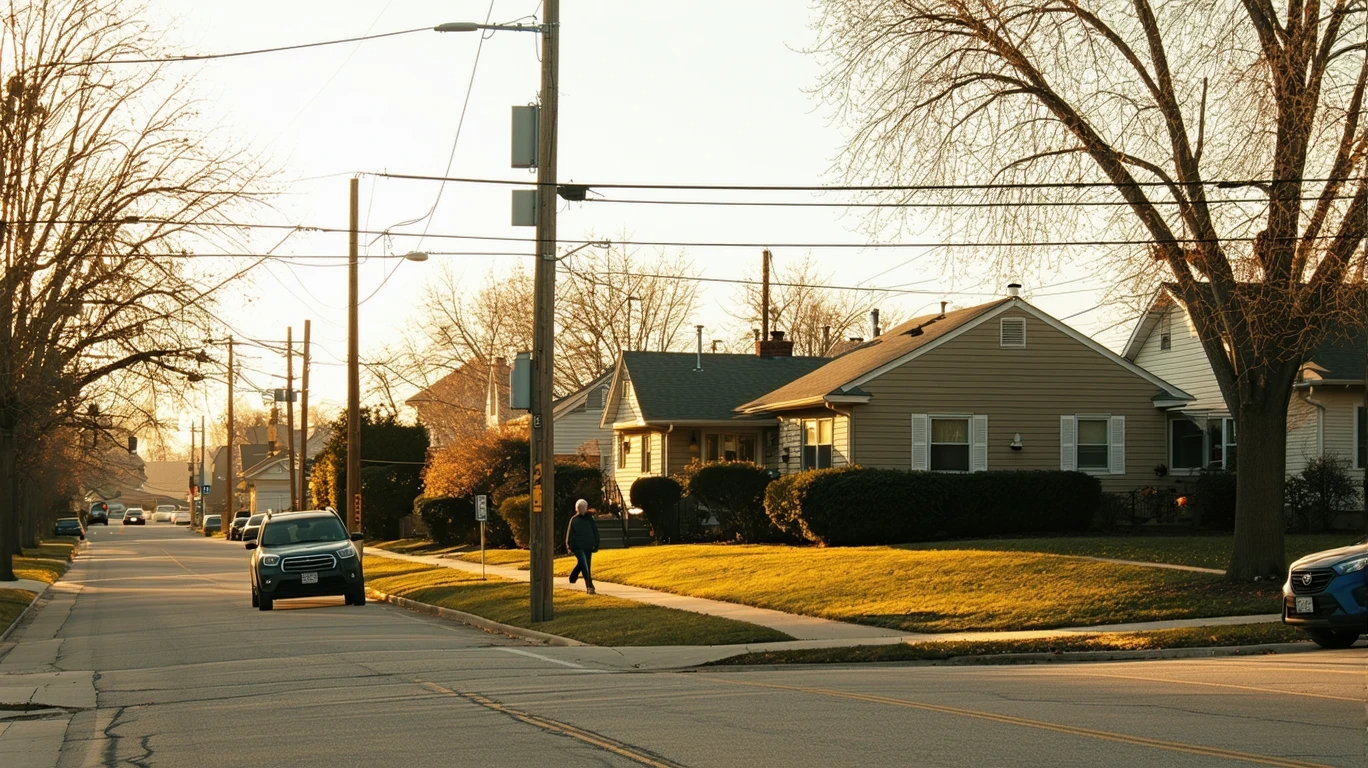Burnsville is considered relatively affordable in 2025, with average rent for a 2-bedroom apartment at $1,600 per month and overall living costs slightly below the national average.

Housing Costs in Burnsville
In 2025, the median rent for a 2-bedroom apartment in Burnsville is $1,600 per month, while the median price for a 3-bedroom single-family home is $420,000. Compared to nearby cities like Minneapolis, housing costs in Burnsville tend to be more affordable.
Neighborhoods closer to downtown Burnsville, such as Heart of the City and Burnsville Center Village, typically have higher rents and home prices due to their proximity to amenities. More suburban areas like Cam Ram and Alimagnet Park offer lower housing costs but longer commutes.
Many homes in Burnsville are part of homeowners associations (HOAs), which can add $200-400 per month in fees. When budgeting for housing, factor in these potential extra costs.
| Neighborhood | Avg 2BR Rent | Avg 3BR Home Price |
|---|---|---|
| Heart of the City | $1,800 | $450,000 |
| Cam Ram | $1,500 | $400,000 |
| Alimagnet Park | $1,400 | $380,000 |
Utility Costs in Burnsville
Utility costs in Burnsville are generally in line with the national average. Residents can expect to pay around $150-250 per month for electricity, natural gas, water, and trash services combined.
Electricity rates from Dakota Electric Association average 12.5¢ per kWh, translating to about $125 per month for a 1,000 sq ft apartment. CenterPoint Energy provides natural gas at around $1 per therm, adding $50-75 to monthly utility bills.
Water and sewer fees from the City of Burnsville run $30-50 per month for a typical household. Trash and recycling pickup is often included in this bill. Some neighborhoods have additional fees for services like snow removal and landscaping, so check with your HOA.
| Utility | Avg Monthly Cost |
|---|---|
| Electricity | $125 |
| Natural Gas | $60 |
| Water & Sewer | $40 |
| Trash & Recycling | $25 |
Grocery and Food Costs
Groceries for a single adult in Burnsville typically cost $300-400 per month, while a couple can expect to spend $600-800. These estimates assume a mix of cooking at home and dining out occasionally.
A sample basket of staple foods in Burnsville looks like:
| Item | Avg Price |
|---|---|
| Milk (1 gal) | $3.50 |
| Bread (1 loaf) | $2.75 |
| Eggs (1 doz) | $2.00 |
| Chicken (1 lb) | $4.50 |
| Rice (1 lb) | $1.50 |
Eating out costs more, with fast food meals around $10 and sit-down dinners $20-30 per person on average. Burnsville has a good variety of chain and local restaurant options at different price points.
Taxes and Fees in Burnsville
The sales tax rate in Burnsville is 7.375%, combining the 6.875% state rate and a 0.5% local tax. This applies to most goods and some services.
Property taxes in Dakota County, where Burnsville is located, average 1.2% of assessed home value annually. For a $400,000 house, that equals $4,800 per year or $400 per month.
Vehicle registration fees in Minnesota are based on the age and value of the car. Expect to pay $200-400 per year for a newer vehicle. Other potential fees include:
- Pet licenses ($10-20 annually)
- Parking permits ($20-50 monthly)
- Utility service setup fees ($50-100)
Monthly Budget Summary
| Expense | Single Adult | Couple | Family of 4 |
|---|---|---|---|
| Housing (Rent) | $1,200 | $1,600 | $2,000 |
| Utilities | $150 | $200 | $300 |
| Groceries | $350 | $700 | $1,200 |
| Transportation | $200 | $300 | $500 |
| Taxes | $300 | $500 | $800 |
| Miscellaneous | $400 | $700 | $1,000 |
| Total Monthly Gross Income Needed | $2,600 | $4,000 | $5,800 |
Note that these figures represent pre-tax (gross) income required per month. Depending on your tax withholdings, take-home pay will be lower.
Lifestyle Considerations
Burnsville offers a good balance of suburban comfort and urban access. Situated along I-35W and Highway 13, most parts of the city are within a 20-30 minute drive of downtown Minneapolis.
Public transit options like the Metro Orange Line provide affordable commuting alternatives. Local bus routes 444 and 445 connect Burnsville neighborhoods to shopping, schools, and parks.
Burnsville has over 75 parks and 1,800 acres of green space, making it attractive for families and outdoor enthusiasts. The city also boasts a diverse economy and good job opportunities in industries like healthcare, retail, and manufacturing.
When choosing where to live in Burnsville, consider the tradeoffs between housing costs, commute times, and access to amenities. Neighborhoods like Heart of the City offer walkable urban living at a premium, while more outlying areas provide better value but require driving.
Frequently Asked Questions
Is Burnsville more affordable than Minneapolis?
Yes, the cost of living in Burnsville is generally 10-20% lower than in Minneapolis proper. Housing, groceries, and transportation tend to be less expensive.What is a realistic monthly budget for a single person in Burnsville?
Based on average costs, a single adult in Burnsville should budget at least $2,600 in gross monthly income to cover necessities like rent, food, utilities, and transportation.How much does a family of four typically spend on groceries in Burnsville?
A family of four in Burnsville typically spends $1,000-1,400 per month on groceries, assuming most meals are cooked at home with occasional dining out.Are utility costs higher in Burnsville compared to other Twin Cities suburbs?
Utility costs in Burnsville are comparable to most other suburbs in the Minneapolis-St. Paul metro area. Electricity, natural gas, and water rates are regulated and don’t vary significantly across providers.What hidden fees should I look out for when moving to Burnsville?
Be aware of potential HOA fees, pet rent or deposits, parking costs, and utility setup charges when moving to Burnsville. Factor these into your housing budget to avoid surprises.
